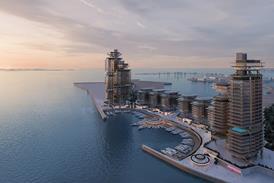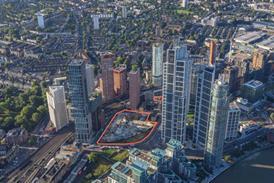- Home
- Intelligence for Architects
- Subscribe
- Jobs
- Events

2025 events calendar Explore now 
Keep up to date
Find out more
- Programmes
- CPD
- More from navigation items
Why architects must embrace the Principal Designer role

As RIBA launches a domestic category of its Principal Designer Register, Jack Pringle explains why the role is an opportunity for architects to take the lead
Almost seven years ago, the Grenfell Tower fire took 72 lives, and in the aftermath, the built environment sector came under the microscope. There were calls for our industry to step up - to take responsibility for fire safety, tighten the focus on competence and for different professions to coordinate with each other. We had to do better.
Since then, a succession of legislative changes has defined responsibilities more clearly. Last August, regulatory legislation published under the Building Safety Act 2022 introduced new duties in England under Building Regulations for the Client, Designer, Principal Designer, Contractor and Principal Contractor. These echoed those terms first introduced under the Construction (Design and Management) Regulations 2015.
As with any big changes to long-established ways of working, the transition has naturally caused confusion for some and worry for others. Part of this reaction is because both regimes reference the same dutyholder terms, albeit with two completely separate and distinct sets of duties and regulatory requirements.
…
This content is available to registered users | Already registered?Login here
You are not currently logged in.
To continue reading this story, sign up for free guest access
Existing Subscriber? LOGIN
REGISTER for free access on selected stories and sign up for email alerts. You get:
- Up to the minute architecture news from around the UK
- Breaking, daily and weekly e-newsletters
Subscribe to Building Design and you will benefit from:

- Unlimited news
- Reviews of the latest buildings from all corners of the world
- Technical studies
- Full access to all our online archives
- PLUS you will receive a digital copy of WA100 worth over £45
Subscribe now for unlimited access.






